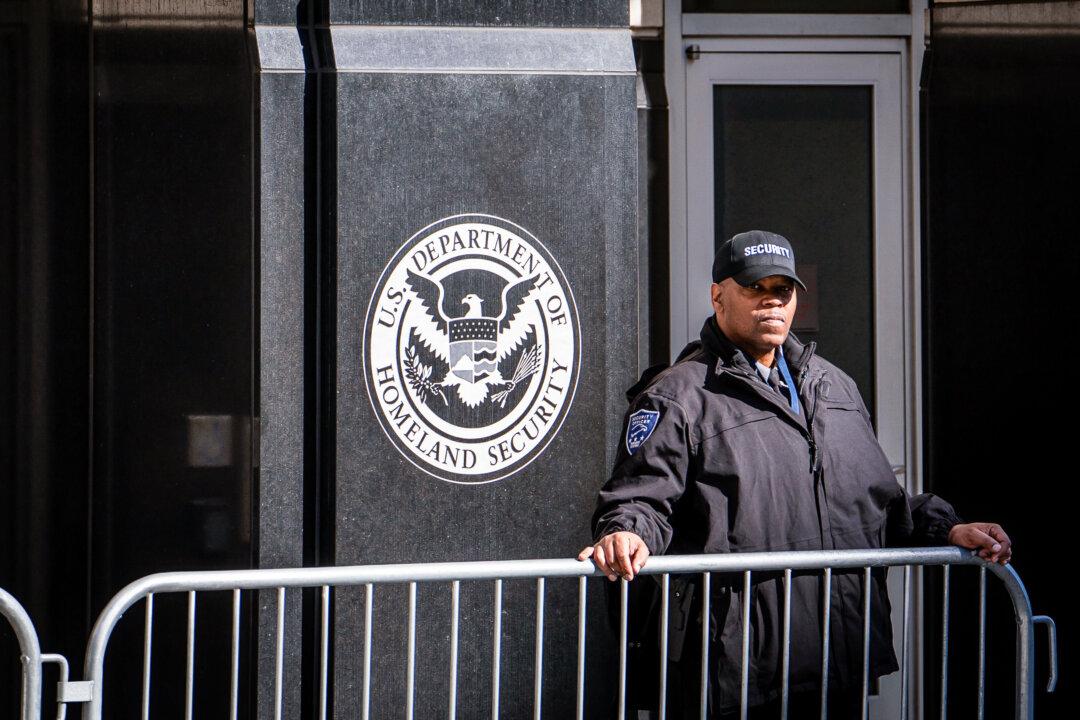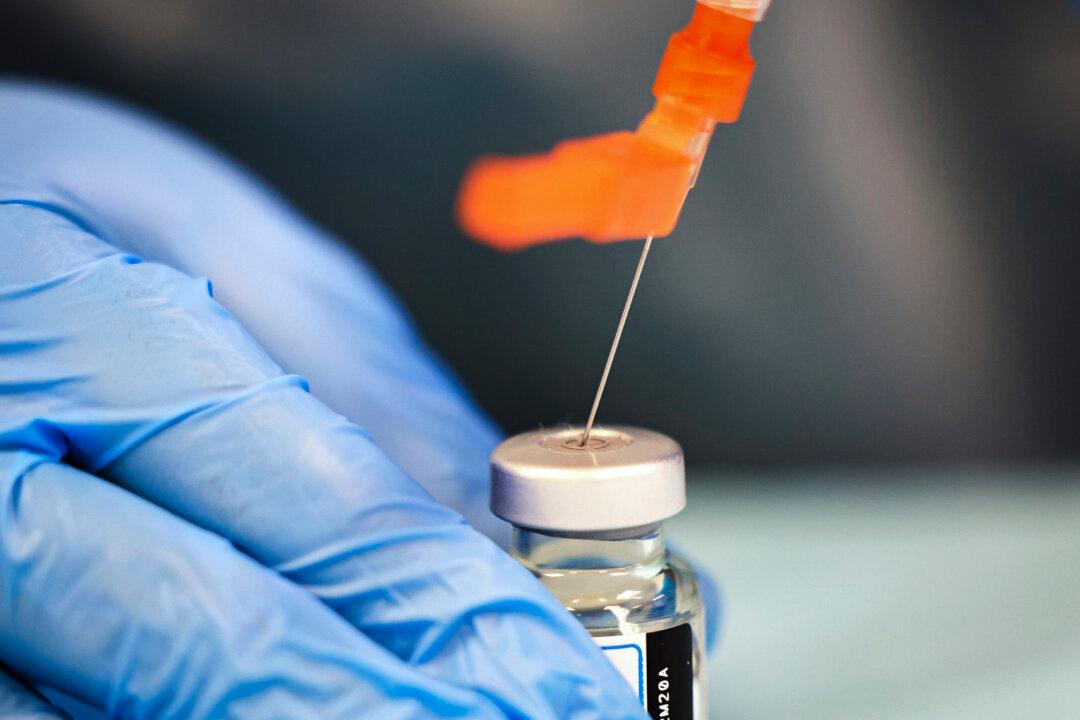The U.S. Department of Defense has changed the number of post-vaccination heart inflammation cases it identified, the latest in a series of moves it has made to minimize side effects from the COVID-19 vaccines.
Ashish Vazirani, the acting under secretary of defense for personnel and readiness, said in a newly disclosed document that just 80 to 90 cases of myocarditis and/or pericarditis were identified following COVID-19 vaccination in members.
But in a report released in the fall, the military said that there had been 120 cases of myocarditis and/or pericarditis within 21 days of vaccination, as well as additional cases beyond 21 days after vaccination.
The Pentagon did not respond to a request for comment.
The lowered number is the latest move in a pattern of the military downplaying side effects from the vaccines, which were mandated for members in 2021, even though data at the time showed the protection from them was waning.
When stratifying by prior vaccination and COVID-19 infection, there were 120 cases of myocarditis and/or pericarditis within 21 days of COVID-19 vaccination, and an additional 365 in vaccinated members outside of the 21-day window.
Several hundred heart attacks were also recorded in members after COVID-19 vaccination.
The discrepancy in the numbers has not been explained.
Mr. Johnson disclosed the letter as he seeks answers to questions from the military on jumps in certain diagnoses during the pandemic.
Whistleblowers previously revealed that myocarditis cases in the military had soared in 2021, according to the Defense Medical Epidemiology Database, another military database. But the numbers were changed when the whistleblowers went back to the data, prompting them to take their concerns to Mr. Johnson.
Military officials admitted the numbers were changed and blamed a corruption introduced during a “database maintenance process.”
“It is unclear whether or how it accounted for service members who had a prior COVID-19 infection and received a COVID-19 vaccination,” Mr. Johnson said at the time.
Mr. Vazirani, in the follow-up missive, said that the military included members in the prior vaccination group who had a prior infection and members in the prior infection group who had a prior vaccination. He did not provide a breakdown of members with vaccination without prior infection or other subcategories.
In the report shared in September, the military said the incidence of myocarditis and pericarditis was higher in members within 45 days of infection compared to members without infection, while the incidence was also higher among members who received a vaccine dose within 21 days of myocarditis or pericarditis was higher than those who did not receive a vaccine. The results, though, showed that members were at higher risk following infection, though in absolute numbers, more members were recorded as suffering inflammation after vaccination than after infection.
The infected also had a higher risk of heart attack, while the vaccinated did not.
“Recent receipt of COVID-19 vaccine was shown to carry increased risk for development of both myocarditis and pericarditis,” the report stated. It said that following members with myocarditis after vaccination or infection would help in “mitigating potential risk factors associated with increased myocarditis risk for service members.”
Few long-term studies have followed people with postvaccination myocarditis, but those that have uncovered worrying signs.







